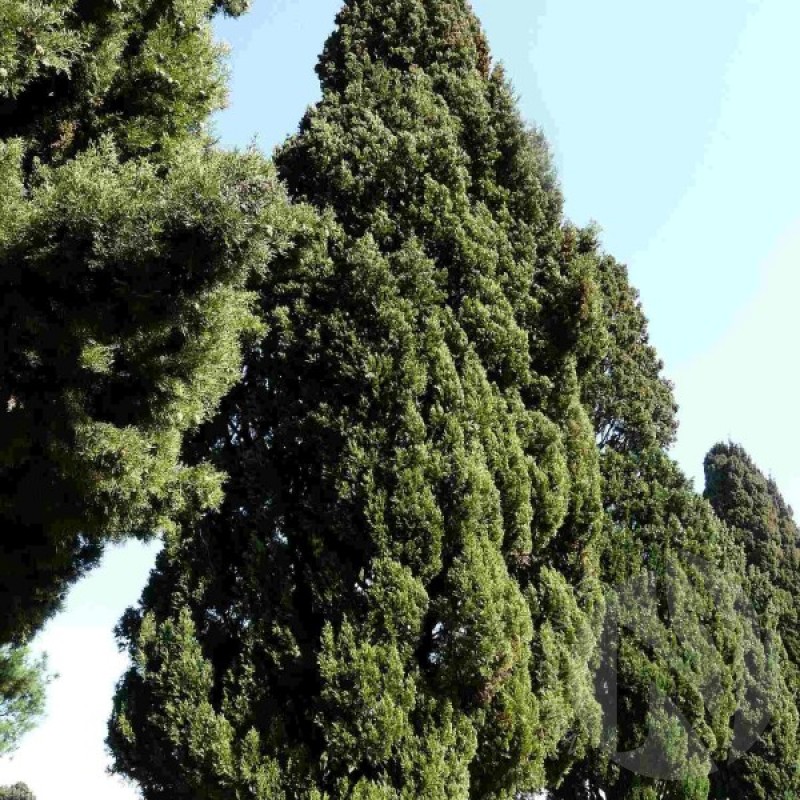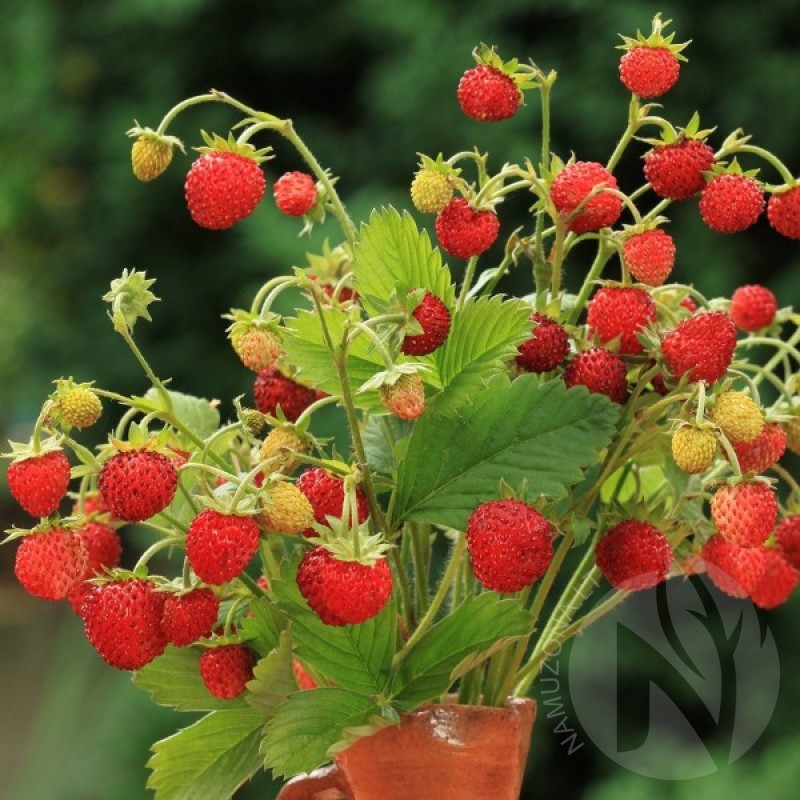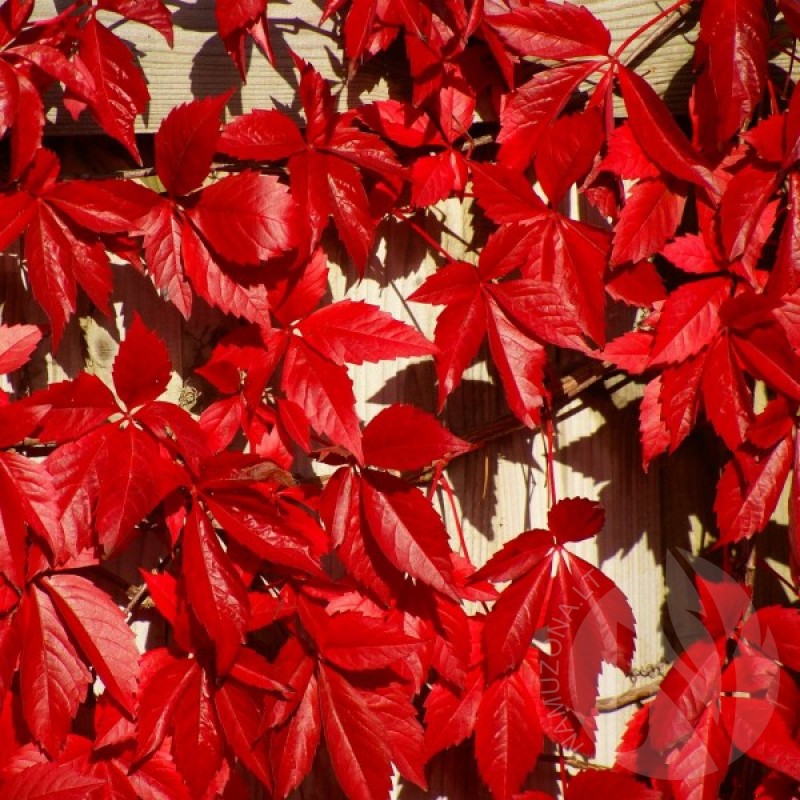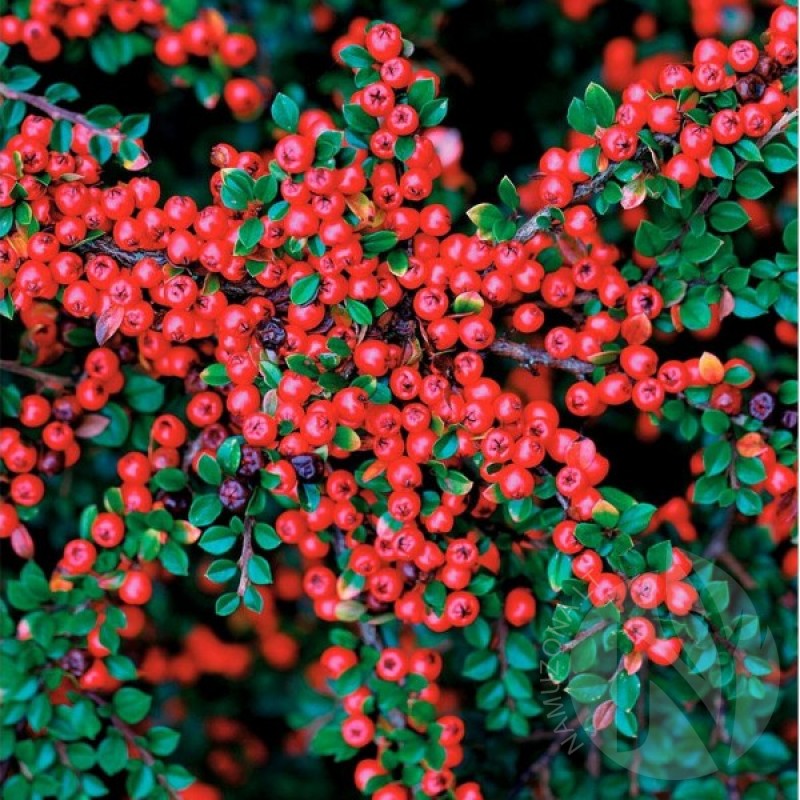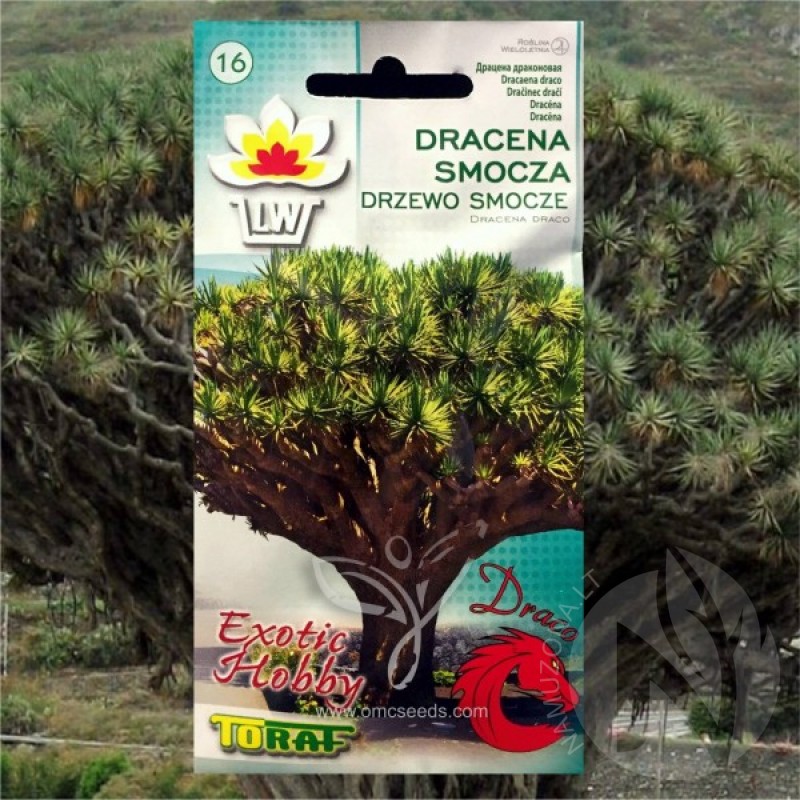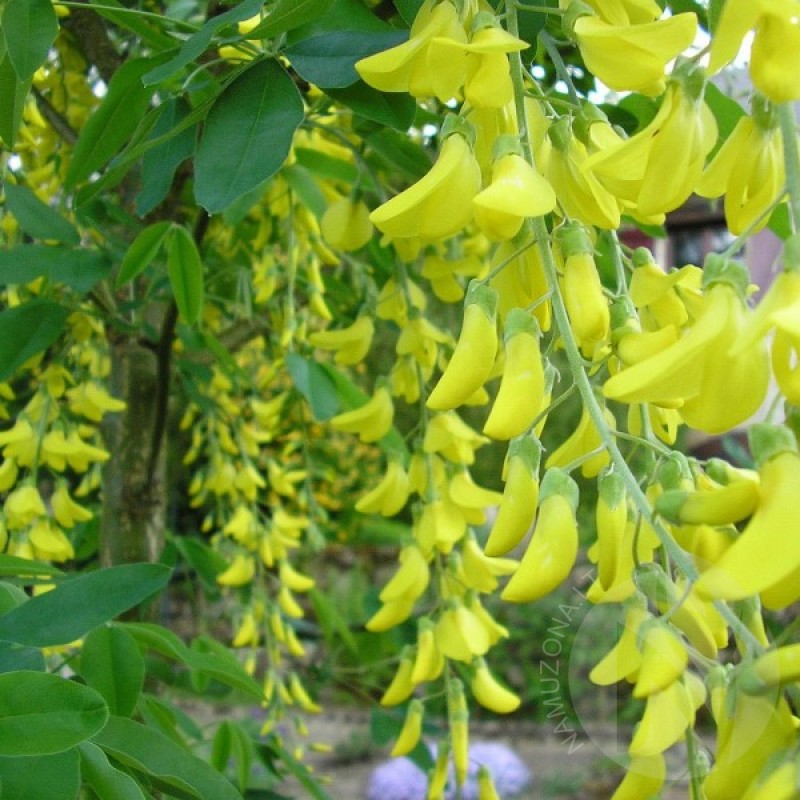
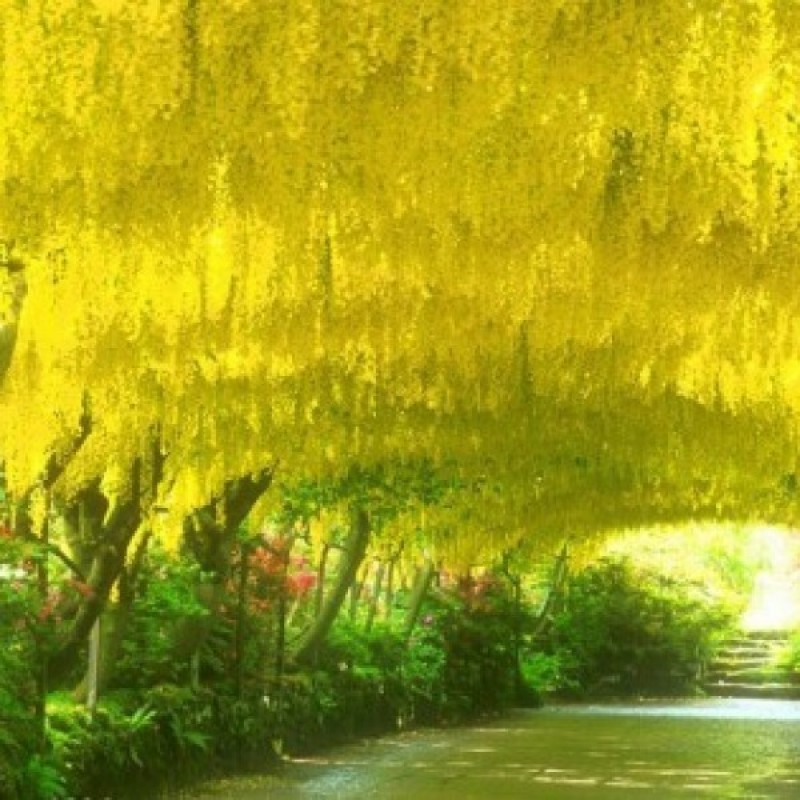
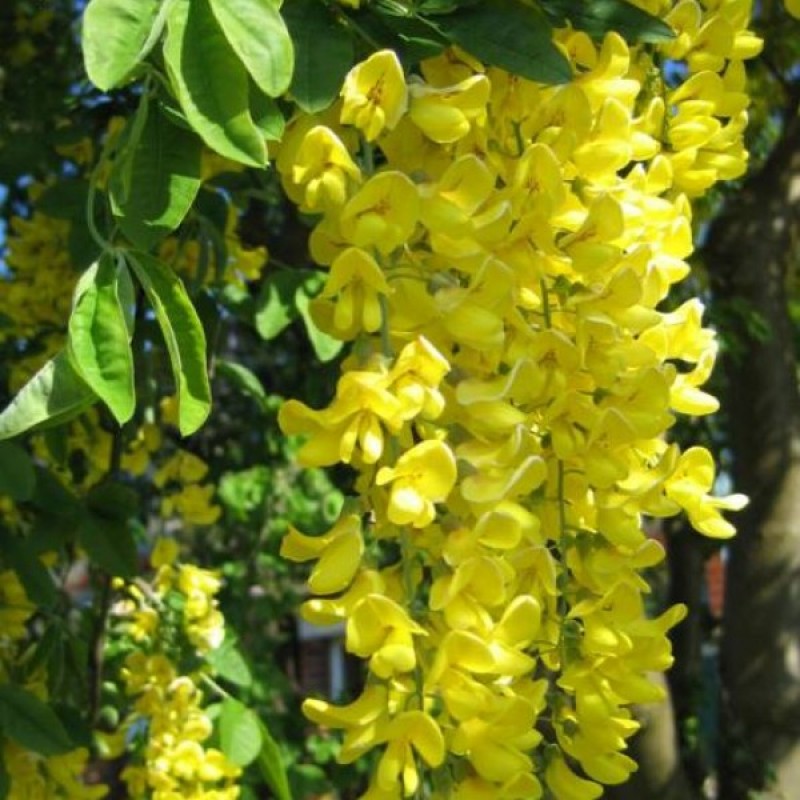
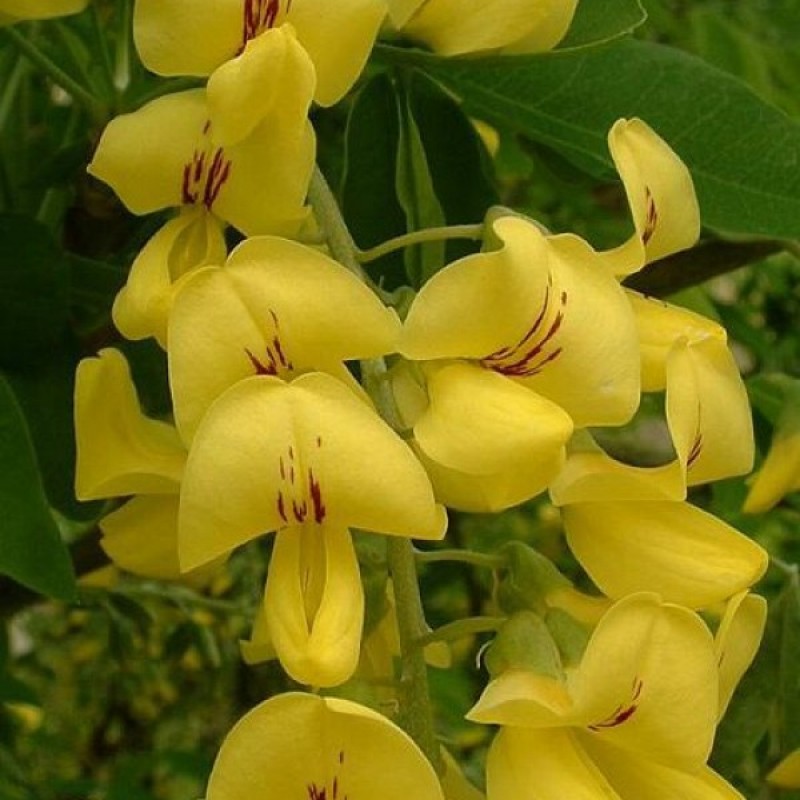
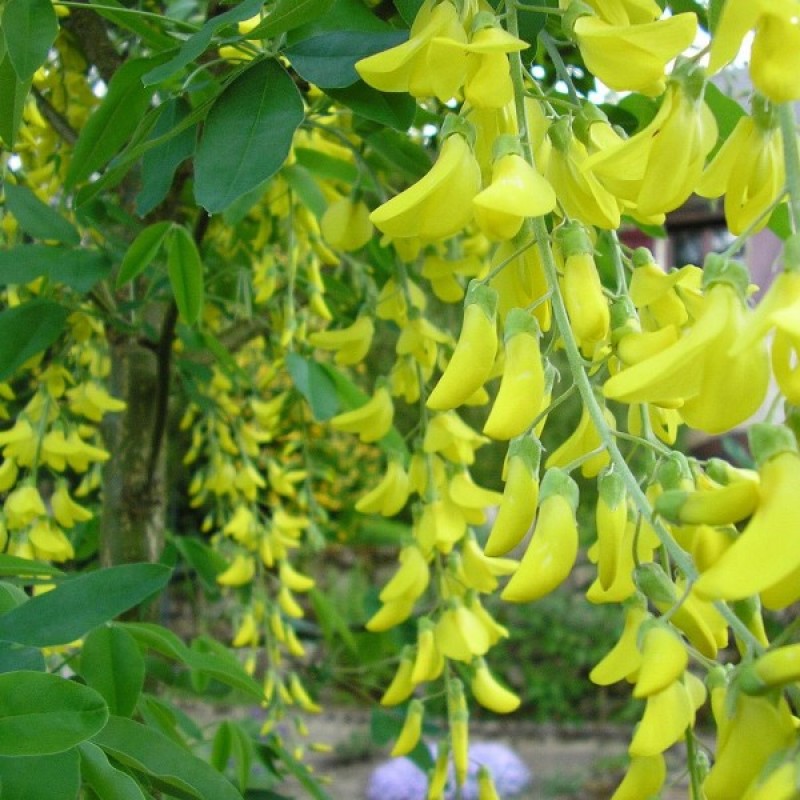
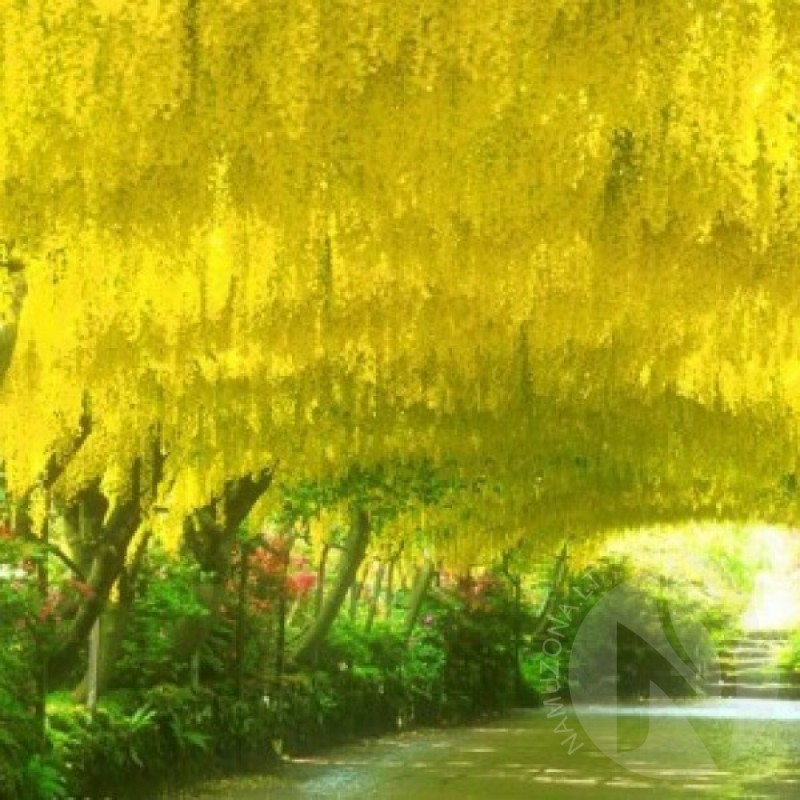
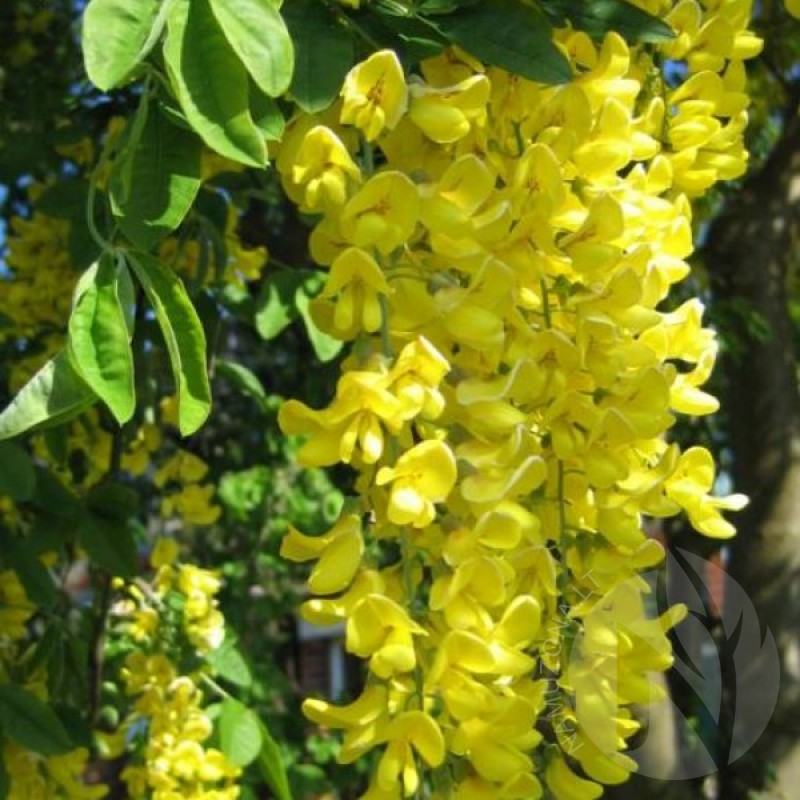
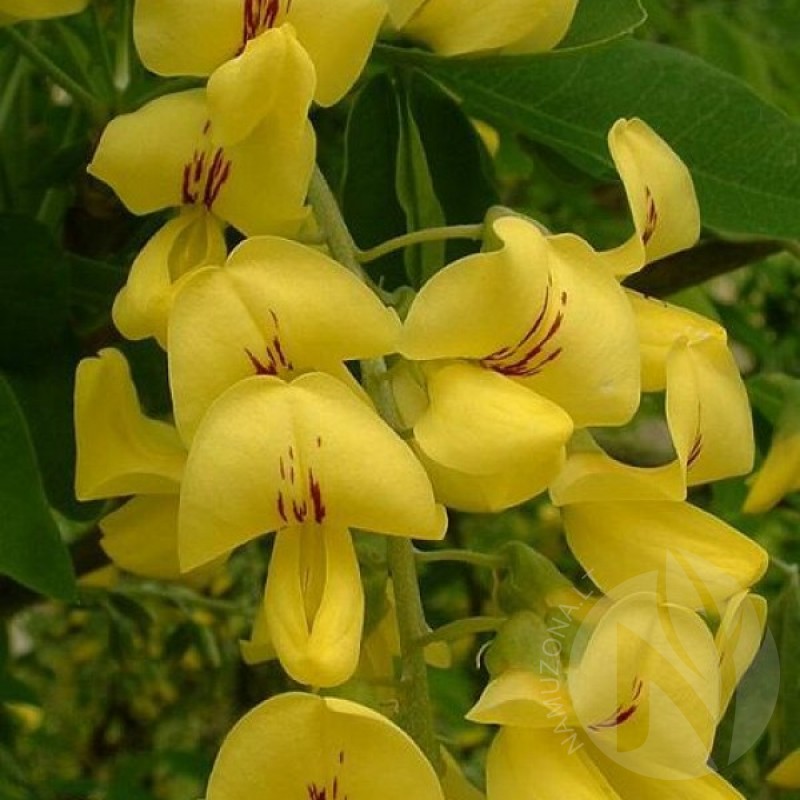
PAY ATTENTION!
All seeds (except SOLD OUT) are available for immediate shipping and will be dispatched within 1-2 business days.
INFORMATION NEEDED? PLEASE CONTACT US NOW!
Brilliant and cheerful strings of yellow flowers drape down from the branches of the golden chaintree in late spring. It is a delightful, spreading small deciduous tree from southern Europe (France to Croatia). In spring the newly emerging leaves are hairy and gray-green and eventually expand to the mature dark green color. There are three oval leaflets on each compound, trifoliate leaf. By late spring the sparsely-spaced branches are loaded with bright yellow pea-like blossoms that dangle together in variable-length strings (racemes). Small pods of toxic seeds follow if the blossoms were pollinated by bees.
Plant golden chaintree in a full to partial sun situation in any average, fertile garden soil with good drainage. Holding its sparse branches quite upright, it has a tendency to drop or abort its lowest ones. It will perform much better in gardens that are not hot in the summer, including having more long-lasting blossoms. In regions with great temperature variation between winter and summer this tree will likely be short-lived. Remove seedpods as they form so the tree focuses its energy on leaf and stem growth. Grow it as a specimen tree or as part of the mixed border or a residential foundation planting.
Genus - Laburnum
Species - Anagyroides
Common name - Golden Chain tree
Pre-Treatment - Not-required
Hardiness zones - 5 - 7
Height - 18-25' / 5 - 8 m
Spread - 12-20' / 4 - 6 m
Plant type - Shrub/Tree
Vegetation type - Ornamental decidious
Exposure - Full Sun, Partial Sun
Growth rate - Medium
Soil PH - Acidic, Neutral, Alkaline
Soil type - Clay, laom, Sand, well drained
Water requirements - Average Water
Landscape uses - Feature Plant, Foundation, Mixed Border
Bloom season - Late Spring, Early Summer
Leaf / Flower color - Green / Yellow
GERMINATION INSTRUCTIONS
Propagation:
1. Pour boiling water over the seed and allow it to soak for 5 minutes.
2. Loosen and turn the soil on the planting site. Remove any plants and roots, rocks or other debris that you encounter as you dig. Rake the soil smooth when you are done.
3. Plant the seed 6 mm (1/4") deep.
4. Place a slow-running hose near the seed and water the soil until the planting area is moist to a depth of 20 cm (8").
5. Cover the planting area with a 5-8 cm (2-3") layer of organic mulch. Scoop away the mulch directly over the seed. (info source: eHow.com)
No questions about this product.

